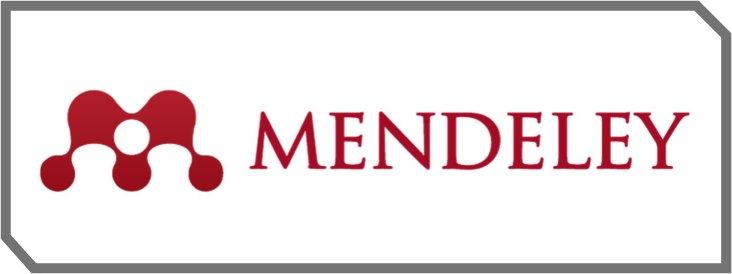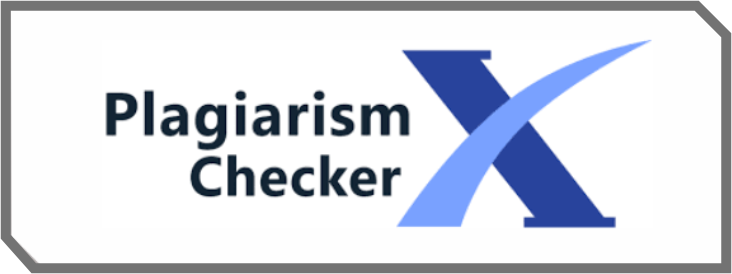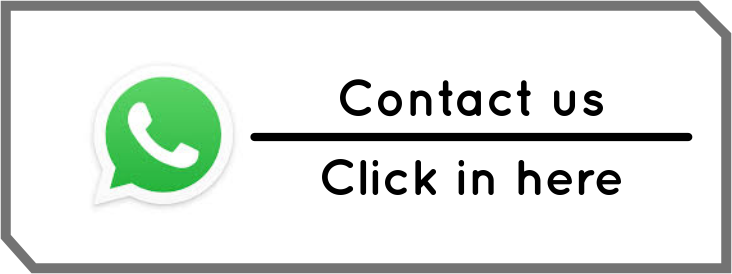An Analysis of Language Choice Used by the Students of Islamic Boarding School in Merjosari Malang
DOI:
https://doi.org/10.61806/al-tatawur.v3i1.46Keywords:
Language Choice, Islamic Boarding School, Sociolinguistics, Language Variety, Communication BreakdownAbstract
This report is on the use of language choice in the community of Islamic boarding school. The language variety that appears in certain community is shows that language choice is influenced by the social context social community, genre, and politeness. This paper is going to discuss about the result of an observation of an incidental events which show the use of language choice in the community, and also language context. I am interested in this topic because it is useful and one of the unique topic to be discussed. When some people in the community want to use the language choice, it is very important to have the ability when they want to choose the suitable words and expression in their language choice, because sometimes the cultural differences may create misunderstanding and it can make the communication between the members of community breakdown.
References
[1] Y. Adams, D. O. Ongarora, and P. M. Matu, “Language Use and Choice: A Case Study of Kinubi in Kibera, Kenya,” Int. J. Humanit. Soc. Sci., vol. 2, no. 4, 2012.
[2] A. Agha, Language and Social Relations. New York: Cambridge University Press, 2007.
[3] C. F. Baum, “The Language Choice for Time Series Analysis,” The Stata Journal, pp. 1–16, Boston, 2001.
[4] J. Blommaert, Language, Ideology, and Inequality: Language in the Global Era. Routledge, 2020.
[5] S. E. Brennan and H. H. Clark, “Conceptual Pacts and Lexical Choice in Conversation,” J. Exp. Psychol., vol. 22, no. 6, 1996.
[6] M. Bucholtz, “Why Be Normal?: Language and Identity Practices in a Community of Nerd Girls,” Lang. Soc., vol. 28, pp. 203–223, 1999.
[7] G. Cook, Applied Linguistics. New York: Oxford University Press, 2003.
[8] F. Coulmas, Sociolinguistics: The Study of Speaker’s Choices. Cambridge: Cambridge University Press, 2005.
[9] A. Coultas, Language and Social Context. New York: Routledge, 2003.
[10] O. García and R. Otheguy, “Plurilingualism and Translanguaging in Education: Between Recognition and Control,” Int. J. Multiling., vol. 18, no. 2, pp. 218–231, 2021, doi:10.1080/14790718.2020.1749833.
[11] J. P. Gee, An Introduction to Discourse Analysis, 3rd ed. New York: Routledge, 2011.
[12] J. J. Gumperz and D. H. Hymes, “The Ethnography of Communication,” Am. Anthropol., vol. 66, no. 6, part 2, 1964.
[13] K. Hyland and B. Paltridge, The Continuum Companion to Discourse Analysis. New York: Continuum, 2011.
[14] J. Swales, The Concept of Discourse Community. Boston: Cambridge University Press, 2011.
[15] N. M. Kamwangamalu, “Language Policy and Code-switching in Multilingual Societies,” Curr. Issues Lang. Plan., vol. 22, no. 4, pp. 402–417, 2021, doi:10.1080/14664208.2020.1840707.
[16] S. F. Kiesling and C. B. Paulston, Intercultural Discourse and Communication. USA: Blackwell Publishing, 2005.
[17] M. J. Killingsworth, “Discourse Communities,” J. Local Glob., vol. 11, pp. 110–122, 1992.
[18] E. Kus, “Qualitative Methods,” ESA Conference Murcia, pp. 1–11, 2003.
[19] R. Lakoff, “Language in Context,” Lang., vol. 48, pp. 907–927, 1972.
[20] E. Lee and S. Canagarajah, “Youth Languaging in Religious Spaces: Translanguaging Practices in Faith Communities,” Linguist. Educ., vol. 68, 2022, Art. no. 101026, doi:10.1016/j.linged.2022.101026.
[21] G. W. Lewis, “Variation in Language Choice in Extended Speech in Primary School in Wales,” J. Lang. Educ., pp. 1–17, 2012.
[22] C. R. Miller, “Genre as Social Action,” Q. J. Speech, vol. 70, pp. 151–167, 1984.
[23] A. Ngefac, “Linguistic Choice in Postcolonial Multilingual Cameroon,” Nordic J. Afr. Stud., vol. 19, no. 3, pp. 149–164, 2010.
[24] B. Paltridge, Discourse Analysis. London: Continuum, 2006.
[25] D. R. Thomas, “A General Inductive Approach for Qualitative Data Analysis,” Univ. of Auckland, New Zealand, 2003.
[26] R. Thomson and J. McLeod, Researching Social Change: Qualitative Approaches. London: Sage Publications, 2009.
[27] T. A. van Dijk, Discourse and Context: A Sociocognitive Approach. New York: Cambridge University Press, 2008.
[28] T. A. van Dijk, Society and Discourse: How Social Context Influences Text and Talk. New York: Cambridge University Press, 2009.
[29] S. W. Vanderstoep and D. D. Johnston, Research Methods for Everyday Life: Blending Qualitative and Quantitative Approaches. San Francisco: Jossey-Bass, 2009.
[30] R. Wardhaugh, An Introduction to Sociolinguistics. USA: Blackwell Publishers, 2002.
[31] L. Wei and L. Milroy, “Conversational Code-switching in a Chinese Community in Britain: A Sequential Analysis,” J. Pragmatics, vol. 23, pp. 281–299, 1995.
[32] L. Wei, Language Choice and Language Shift in a Chinese Community in Britain. Bridgend, UK: WBC, 1994.
[33] R. Wooffitt, Conversation Analysis and Discourse Analysis. London: Sage Publications, 2005.
[34] G. Yule, The Study of Language. New York: Cambridge University Press, 2006.
Downloads
Published
How to Cite
Issue
Section
License
Copyright (c) 2025 Al-Tatawur: International journal of Social Science

This work is licensed under a Creative Commons Attribution-ShareAlike 4.0 International License.








